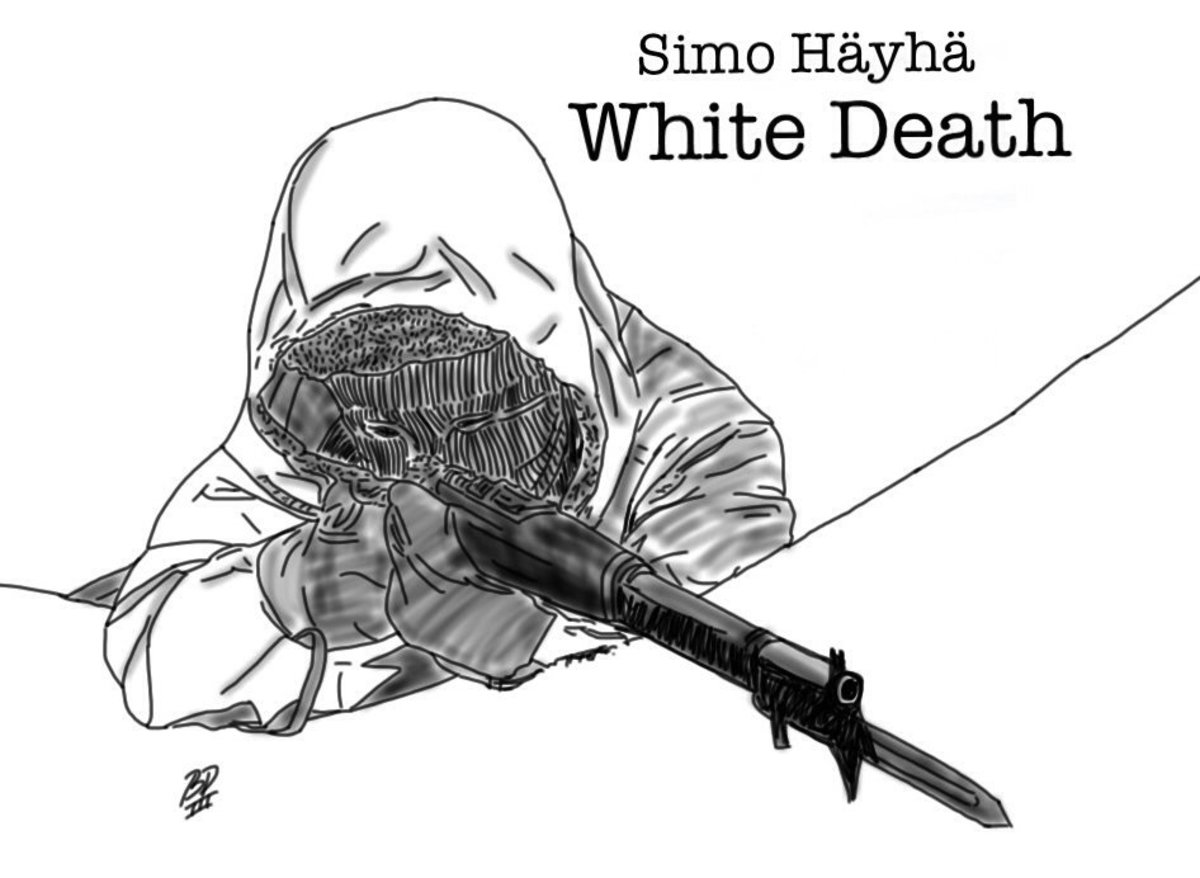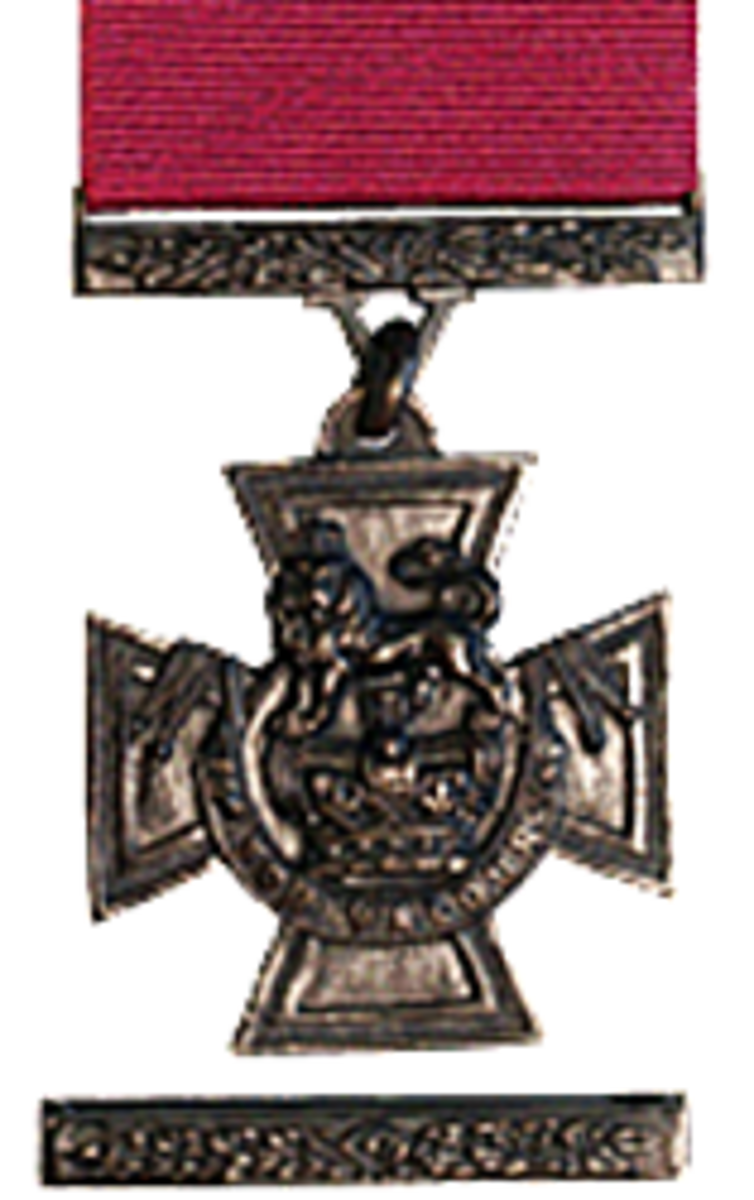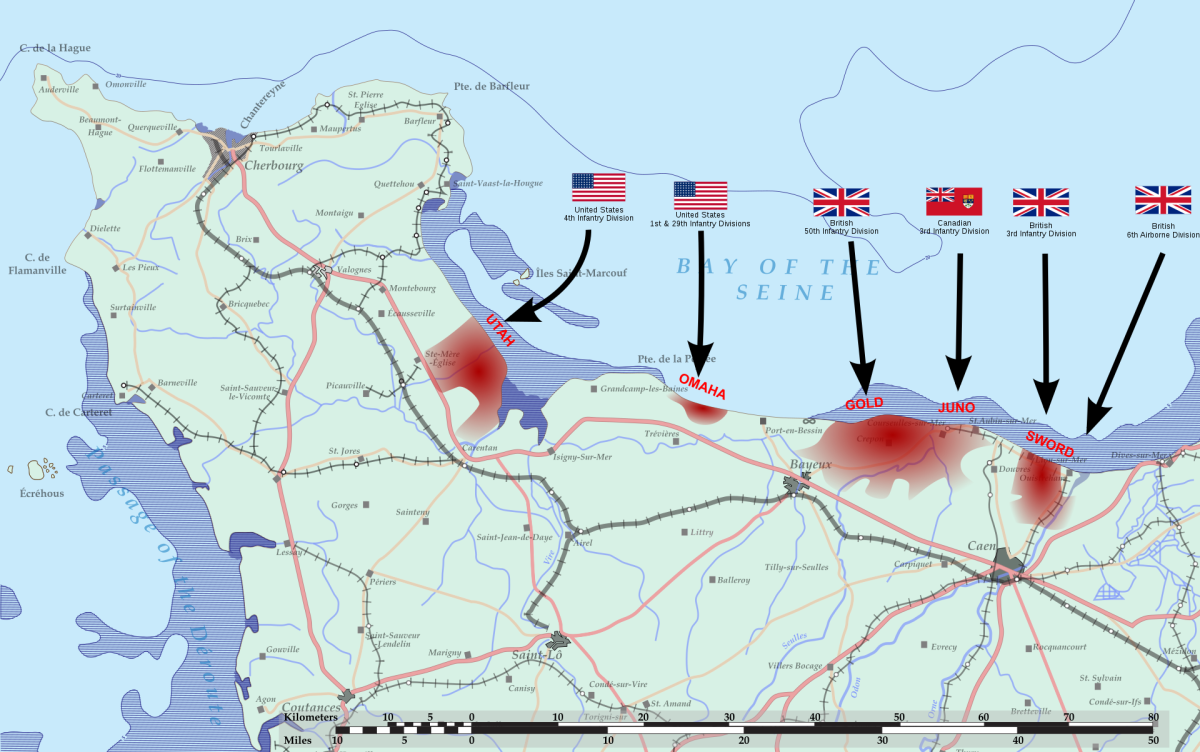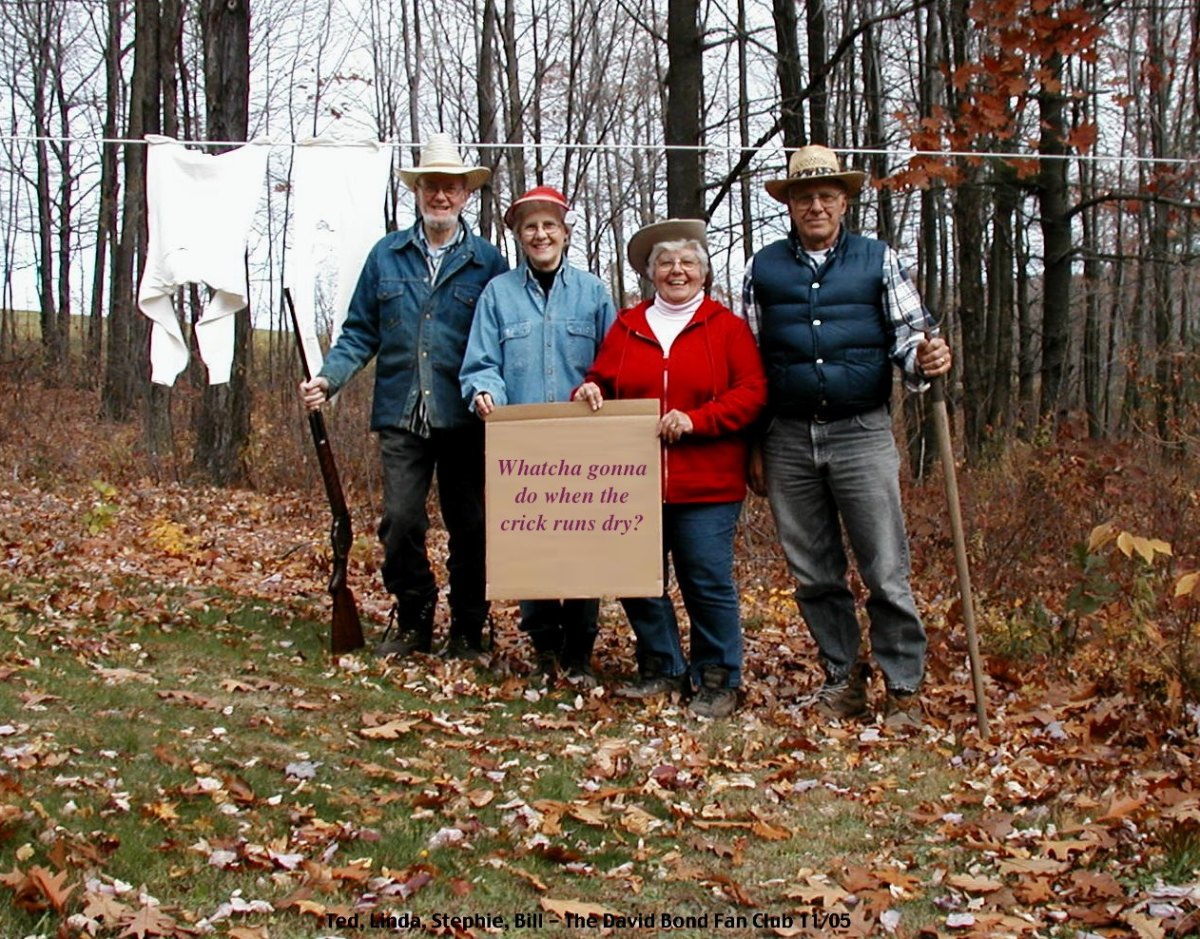Eight U.S. Soldiers Die in Iraq Attacks
Eight U.S. Soldiers Die in Iraq AttacksBombs Still Biggest Threat Even as Fatalities Decline
By Joshua PartlowWashington Post Foreign Service Tuesday, March 11, 2008; 6:27 AM
BAGHDAD, March 11 -- Eight U.S. soldiers died in separate attacks here and in the eastern province of Diyala on Monday, the deadliest day for U.S. troops in more than two months.
U.S. officials announced overnight that three U.S. soldiers were killed and another wounded when an improvised bomb exploded near their patrol in Diyala. An interpreter was also killed. No other details were provided.
In Baghdad, a suicide bomber killed five U.S. troops as they mingled casually with Iraqis in a shopping district. The U.S. soldiers had parked their Humvees and stepped out into the warm sun and swirl of people on the main thoroughfare of what was once Baghdad's most elegant neighborhood.
The customers strolling past the open businesses in Mansour -- the Babit gift shop, the Al Jadurchi computer compound -- created the pleasantly mundane scene that American soldiers have tried so hard to cultivate in a capital battered by war.
About 3 p.m. Monday, that vision dissolved again into violence. A man wearing a vest laden with explosives blew himself up amid the U.S. patrol, killing five soldiers and wounding three others in the deadliest day for Americans in Baghdad in six months.
The bombing, which blasted out the windows of the four-story buildings around the al-Rawad intersection of Mansour street, also injured an Iraqi interpreter and four Iraqi civilians, according to U.S. military officials. An official in the Interior Ministry said two Iraqi bystanders were also killed.
"I guess it will never end," said one U.S. soldier in Baghdad, as news spread through the ranks about the deaths. "Such evil."
The bombing, which U.S. soldiers attributed to the Sunni insurgent group al-Qaeda in Iraq, was the deadliest single attack on U.S. troops in Iraq since Jan. 28, when five soldiers were killed in a bomb and gunfire ambush in the northern city of Mosul. But there has not been such a deadly day in Baghdad for U.S. troops since Sept. 10, when eight soldiers were killed.
The number of American fatalities in Iraq has declined over the past five months to some of the lowest levels of the war. But the single greatest killer of U.S. troops in Iraq remains the makeshift bombs, placed by the roadside or carried by people, that are used to target soldiers on foot and in their vehicles.
Before Monday's attack, of the 165 U.S. troops killed since Nov. 1, 91 were victims of "improvised explosive devices," a number that includes suicide-vest attacks, according to Pentagon data compiled by The Washington Post. The next deadliest tactic was gunfire, which killed 24 soldiers.
Since early 2006, the percentage of Americans killed by IEDs has ranged between 40 and 60 percent, after reaching a high of 80 percent of all combat deaths in September 2005.
A senior U.S. military official said there had been a recent spike in attacks by people using suicide vests. The tactic is often associated with insurgent fighters who come from outside Iraq to fight, but this appears to be changing. http://www.washingtonpost.com/wp-dyn/content/article/2008/03/11/AR2008031100658.html?hpid=topnews








